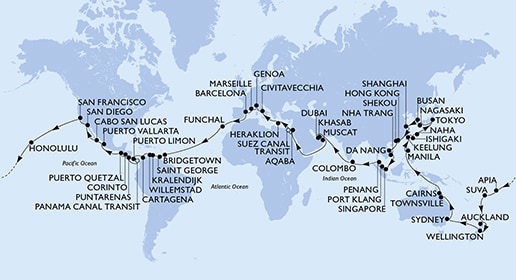
Port Shanghai
Shanghai is a significant hub for cruise ship tourism in China, attracting thousands of international tourists annually. The city's state-of-the-art Shanghai International Cruise Terminal is the largest passenger port in Asia, capable of accommodating the world's largest cruise ships. This terminal has significantly boosted the city's tourism industry, amplifying its global appeal and boosting the local economy.
Activities for cruise ship passengers in Shanghai are diverse and plentiful. Tourists can explore the city's rich history at the Shanghai Museum, marvel at the futuristic skyline from the Shanghai Tower, or stroll along the iconic Bund waterfront. Additionally, cruise liners often organize day trips to nearby destinations, such as the ancient water town of Zhujiajiao or the famous Yu Garden, providing enriching cultural experiences for their passengers.
History
The history of the Port of Shanghai in China dates back to the Qing Dynasty, during the 1840s. It was initially a small fishing village but transformed drastically after the First Opium War. The Treaty of Nanking in 1842 opened up Shanghai as one of the five treaty ports for international trade, which led to its rapid development.
In the early 20th century, the Port of Shanghai was considered one of the most important seaports in the world. The port was administered by a board of trade established by the International Settlement. It suffered a decline during the Chinese Civil War and the Cultural Revolution, but post-1978 economic reforms led to a resurgence, and it became the world's busiest container port in 2005.



